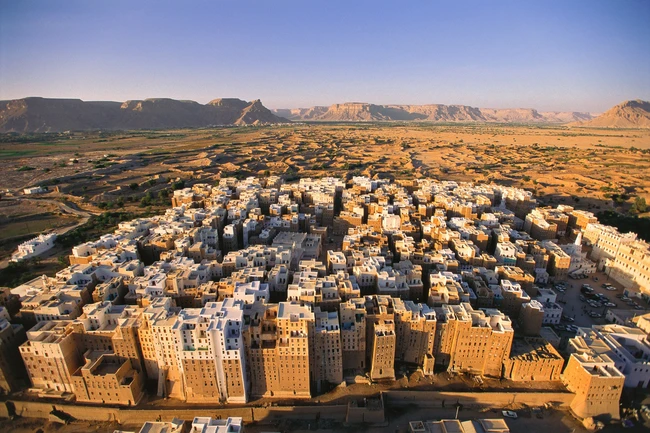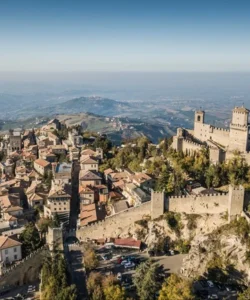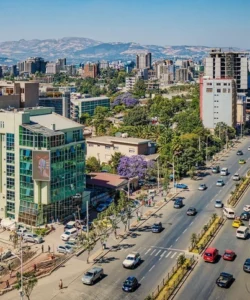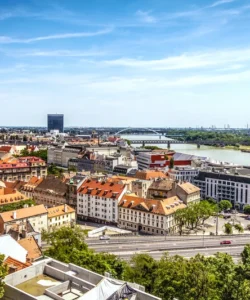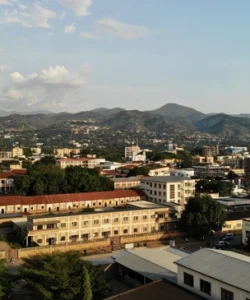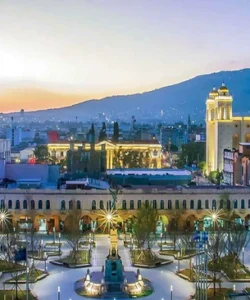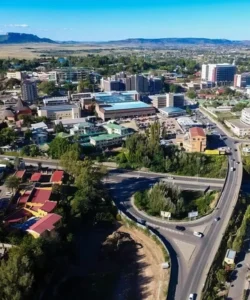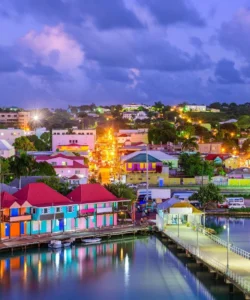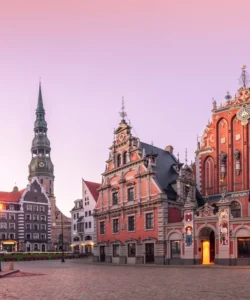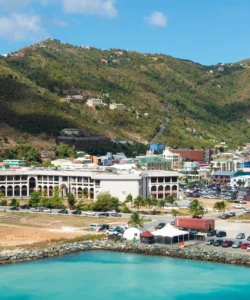Yemen, officially the Republic of Yemen, is a country located in Western Asia, on the southern tip of the Arabian Peninsula.
Here’s an overview:
- Area: Yemen covers an area of 527,968 square kilometers.
- Population: The estimated population of Yemen for 2024 is around 40.5 million.
- Language: The official language is Arabic, with Yemeni Arabic being a cluster of varieties spoken in the country.
- Currency: The currency of Yemen is the Yemeni Rial.
- Religion: More than 99% of the population is Muslim, with beliefs associating with either the Shafi’i school of Sunni Islam or Zaydi Islam, a branch of Shia Islam.
- Capital: Sana’a is Yemen’s constitutionally recognized capital. However, due to the ongoing conflict, Aden became the temporary capital in 2015.
- Major Cities: Besides Sana’a and Aden, other major cities include Al Hudaydah, Ta’izz, Mukalla, and Ibb.
- Attractions & Wonders: Yemen boasts a rich history and unique natural landscapes. Some notable attractions and natural wonders include:
- The Old City of Sana’a: A UNESCO World Heritage Site known for its unique architecture, including “tower houses” and intricate decorations.
- Socotra Island: A natural wonder in the Arabian Sea, famous for its unique flora like the Dragon’s Blood Tree, Bottle Tree, and Desert Rose.
- Historic City of Zabid: Another UNESCO World Heritage Site, this ancient city was a former capital and features stunning architectural gems.
- Shaharah Bridge: An ancient architectural marvel in northwestern Yemen.
- Dar al-Hajar: A striking palace perched on a rock, embodying Yemeni design.
- Marib Dam: Remains of an ancient dam built by the Sabaean Kings, supporting a flourishing culture for centuries.
- Haraz Mountains and Al Mahwit: Offering breathtaking landscapes, hiking opportunities, and traditional villages.
- Wadi Hadramawt: A desert oasis with rugged cliffs, lush oases, and historical mud-brick buildings.
- Architecture: Yemeni architecture is distinctive, primarily using local materials like mud, stone, and wood. Traditional houses are often thick-walled for insulation and decorated with geometric patterns and ornate wooden doors. The “tower houses” are a hallmark of Yemeni architecture.
- Roads: Road conditions and safety are generally poor throughout the country. Drivers may not respect traffic laws, vehicles are poorly maintained, and roaming animals pose hazards. Roadblocks and checkpoints can be set up without warning. Travel advisories strongly recommend against all travel to Yemen.
- Hotels: Accommodation varies from guesthouses to converted tower houses, restored palaces, and some international luxury hotels, particularly in Sana’a, Ta’iz, Seiyun, Wadi Do’an, Al Mukalla, and Al Hudaydah.
- Restaurants & Cuisine: Yemeni cuisine features a diverse range of meats, legumes, and spices. Staple ingredients include chicken, goat, lamb, and fish.
- National Dish: Saltah, a meat stew with a fenugreek foam called Hulba, served with sourdough flatbread.
- Popular Dishes: Mandi (a rice dish with meat cooked in a tandoor oven), Fahsa (a hearty meat and vegetable stew), Haneeth (slow-cooked lamb), and Masoub and Shakshouka for breakfast.
- Notable Restaurants in Sana’a: Matam Taiz, Shaibani Restaurant, Al-Sayadi Restaurant (seafood), and Al-Muntada Restaurant.
- Annual Travel: Prior to the current conflict, international tourism in Yemen had been on an upward trend. The peak tourist season was generally between October and March. However, due to the severe security conditions, most foreign governments advise against all travel to Yemen, and support for their citizens in the country is severely limited.
